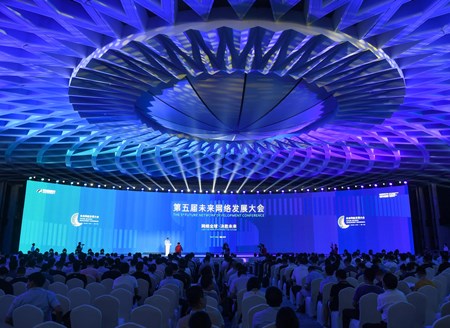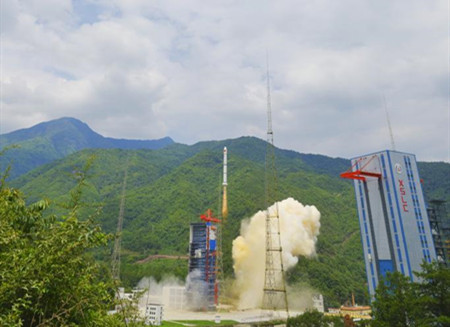
Farmers in east China’s Jiangsu province are getting busy with autumn harvest to ensure that each drop of grain is reaped and stored for the sake of food security.

In Huai'an, the acquisition of autumn grain is gradually underway. In the morning, at a rice processing enterprise in Xuyi County, there was a long queue of trucks selling grain. The workers cut samples of the rice, and after sampling, testing for moisture, and threshing, the rice is sent to a panoramic quality analyzer to accurately evaluate its quality and determine a reasonable purchase price.
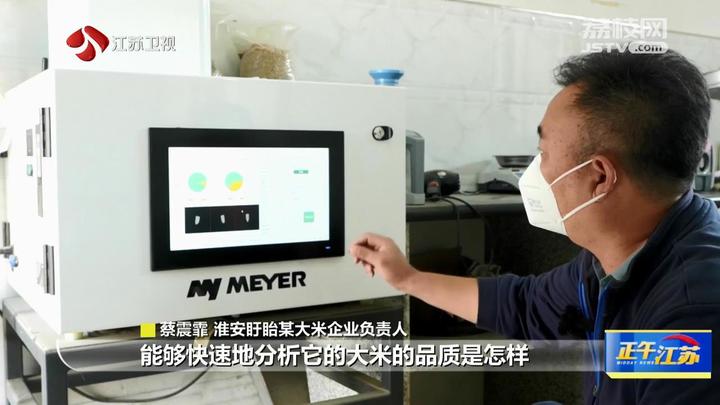
“We can quickly analyze the quality of rice. By detecting over 3400 grains of rice, we can determine that the broken rice rate is 36.54% and the incomplete rice rate is 0.8%. Data analysis has saved costs and improved efficiency,” said Cai Zhenfei, Head of a rice processing enterprise in Xuyi County.
The application of modern technological means ensures the fairness of grain quality testing to the greatest extent, helps enterprises save costs, and improves the efficiency of procurement and storage.
It is expected that in 2023, Huai'an will produce 2.02 million tons of rice and acquire 1.28 million tons of rice. At present, the local grain depot has prepared a storage capacity of 1.6 million tons to ensure that there is a warehouse for grain collection.
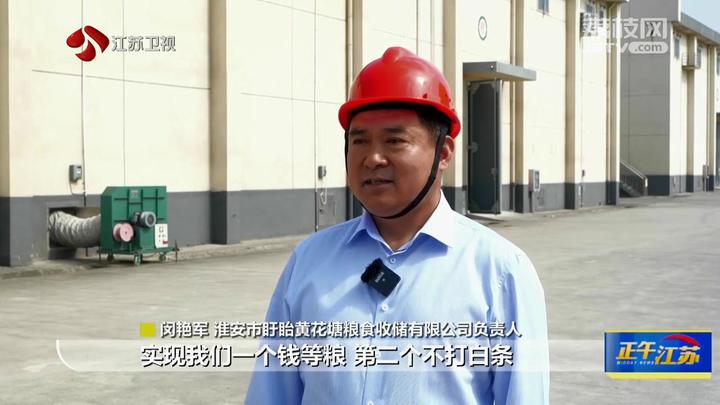
“We plan to acquire 15000 tons of rice with a reserve fund of approximately 40 million yuan in order to resolutely avoid IOUs,” said Min Yanjun, Manager, Huanghuatang Grain Storage Co., Ltd. in Xuyi County.
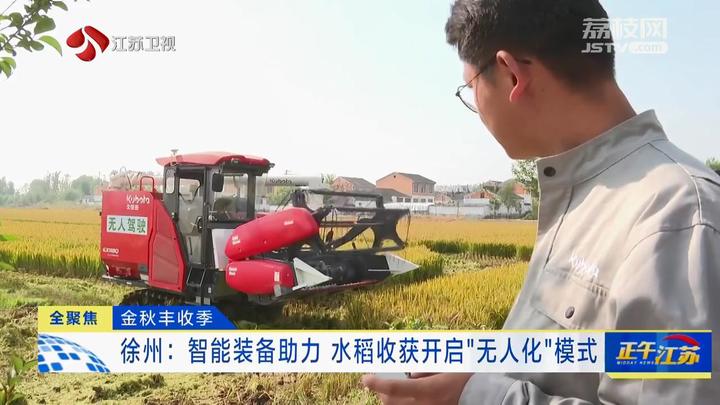
Peixian County began harvesting rice recently. Unlike traditional agricultural machinery driven by hand, the harvesters here are unmanned. The agricultural machinery operator can use their phone to remotely control the harvester to harvest rice along the planned path by standing at the end of the field and inputting the longitude and latitude of the four corners of the field into their phone.
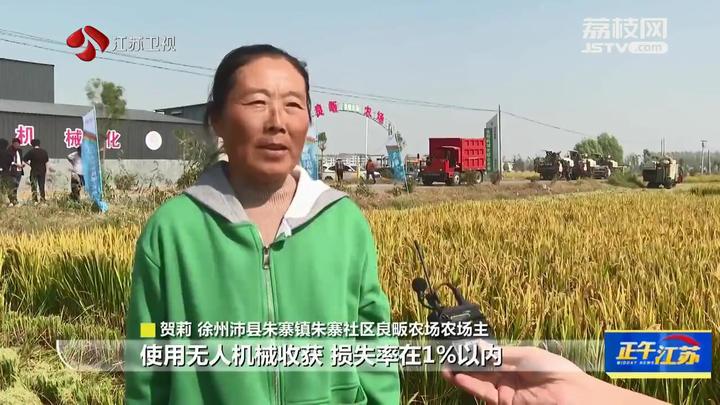
“The upgrade of manual operations to unmanned mechanization has reduced production costs and increased efficiency by 30%. The loss of harvest from unified operations has exceeded 4%, and the loss rate of harvest from using unmanned machinery is within 1%,” said He Li, a farmer in Peixin County.
In recent years, Xuzhou has gradually promoted the construction of "unmanned farms", with intelligent agricultural robots as the core by vigorously promoting green and intelligent digital agricultural machinery equipment and technology. Technologies such as the Internet of Things and Beidou have made it possible for unmanned farming, management, and harvesting operations.


